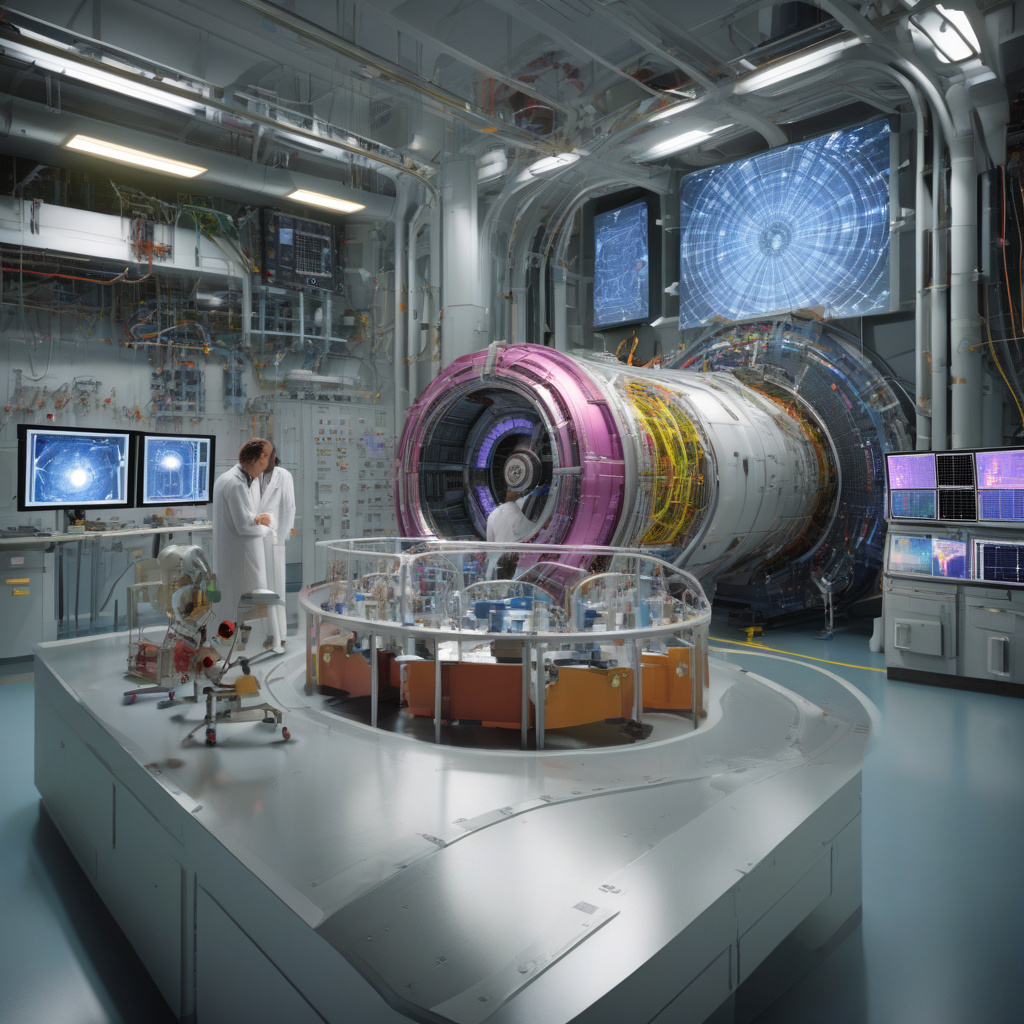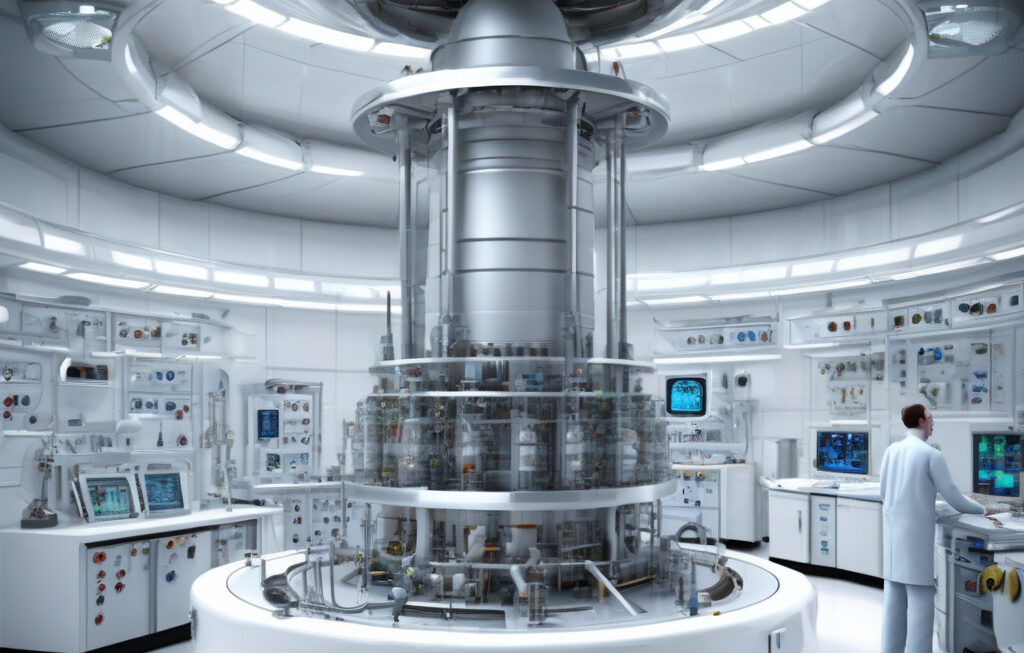World’s Most Powerful Particle Accelerator Sees First-Ever Matter-Antimatter Difference
Scientists at CERN’s Large Hadron Collider (LHC) have for the first time observed a fundamental asymmetry between particles and their antiparticles. This groundbreaking discovery marks a significant milestone in the field of particle physics and opens up new avenues for research and exploration.
The Large Hadron Collider, located near Geneva, Switzerland, is the world’s largest and most powerful particle accelerator. It consists of a 27-kilometer ring of superconducting magnets and accelerating structures that propel particles to nearly the speed of light before colliding them together. These high-energy collisions allow scientists to study the fundamental building blocks of the universe and explore the mysteries of the subatomic world.
One of the key questions in particle physics is why the universe is made up almost entirely of matter, with very little antimatter present. According to the laws of physics, matter and antimatter should have been created in equal amounts during the Big Bang. Yet, for reasons that are still not fully understood, antimatter seems to have largely disappeared, leaving behind the matter-dominated universe we see today.
The recent discovery at the LHC provides new insights into this matter-antimatter asymmetry. Scientists observed subtle differences in the behavior of particles called B mesons and their antimatter counterparts, anti-B mesons. By studying these differences, researchers hope to gain a better understanding of why matter and antimatter behave differently and what mechanisms might have led to the dominance of matter in the universe.
This breakthrough could have far-reaching implications for our understanding of the fundamental laws of physics and the nature of the universe. It may also shed light on other cosmic mysteries, such as the existence of dark matter and dark energy, which together make up the vast majority of the mass-energy content of the universe.
The discovery of a matter-antimatter asymmetry at the LHC is a testament to the power of human ingenuity and the remarkable capabilities of modern technology. It demonstrates the importance of international collaboration in scientific research and the value of investing in cutting-edge facilities like the Large Hadron Collider.
As we continue to push the boundaries of our knowledge and explore the frontiers of physics, discoveries like this one remind us of the incredible progress we have made and the endless possibilities that lie ahead. The world’s most powerful particle accelerator has once again delivered groundbreaking results, paving the way for a deeper understanding of the universe and our place within it.
In conclusion, the observation of a matter-antimatter difference at the LHC represents a major advance in particle physics and sets the stage for further discoveries in the field. By unraveling the mysteries of the subatomic world, scientists are not only expanding our understanding of the universe but also pushing the limits of human knowledge and discovery.
CERN, Large Hadron Collider, Particle Physics, Matter-Antimatter Asymmetry, Subatomic World












